The Original Hydrangea: The Ultimate Guide To Endless Summer Blooms
Introduction
Endless Summer hydrangeas are a popular choice for gardeners because they bloom all summer long. They are also relatively easy to care for, making them a good choice for even novice gardeners.
In this blog post, we will discuss everything you need to know about Endless Summer hydrangeas, including their history, different varieties, how to care for them, and how to get the most out of their blooms.
History of Endless Summer Hydrangeas
The Endless Summer hydrangea was first introduced in 1988 by the Proven Winners plant breeding program. It was created by crossing two different varieties of hydrangeas, Hydrangea macrophylla and Hydrangea serrata.
The resulting plant was a breakthrough because it was the first hydrangea that could bloom on both old and new wood. This meant that it could bloom all summer long, even if it was pruned in the spring.
Different Varieties of Endless Summer Hydrangeas
There are now several different varieties of Endless Summer hydrangeas available. Some of the most popular varieties include:
- The Original Bigleaf Hydrangea: This is the original variety of Endless Summer hydrangea. It has large, mophead blooms that can be blue, pink, or purple, depending on the soil pH.
- Blushing Bride Hydrangea: This variety has soft pink blooms that are tinged with green. It is a bit more compact than The Original Bigleaf Hydrangea.
- Summer Crush Hydrangea: This variety has bright pink blooms that are held in loose clusters. It is a good choice for areas with hot summers.
- Twist-n-Shout Hydrangea: This variety has large, cone-shaped blooms that can be blue, pink, or purple. It is a very showy variety.
How to Care for Endless Summer Hydrangeas
Endless Summer hydrangeas are relatively easy to care for. They prefer part shade and moist, well-drained soil. They should be fertilized once a year in the spring.
In the fall, you can prune your Endless Summer hydrangeas to shape them or to remove any dead or diseased branches. However, be sure not to prune too much, as this can reduce the number of blooms the following year.
How to Get the Most Out of Endless Summer Blooms
There are a few things you can do to get the most out of your Endless Summer hydrangea blooms:
- Plant your hydrangeas in a location that gets morning sun and afternoon shade.
- Water your hydrangeas regularly, especially during the summer months.
- Mulch around your hydrangeas to help retain moisture and suppress weeds.
- Fertilize your hydrangeas once a year in the spring.
- Do not prune your hydrangeas too much in the fall.
With proper care, your Endless Summer hydrangeas will reward you with beautiful blooms all summer long.
Conclusion
Endless Summer hydrangeas are a wonderful addition to any garden. They are easy to care for, bloom all summer long, and come in a variety of colors. If you are looking for a beautiful and low-maintenance hydrangea, then Endless Summer is the perfect choice for you.
The original hydrangea is a beautiful shrub that blooms both on the previous year's branches as well as the new season's growth. It has beautiful blue or pink flowers spring through summer. The color of blooms depend on soil pH, which can be amended using an acid fertilizer in the early spring.
If you are interested in learning more about the original hydrangea, I recommend visiting Garden Wiki. This website has a wealth of information about the plant, including its history, care, and cultivation.
FAQ of the original hydrangea
- What is the original hydrangea?
The original hydrangea is a type of hydrangea that blooms both on the previous year's branches and the new season's growth. This makes it a unique hydrangea, as most hydrangeas only bloom on the new season's growth. The original hydrangea is also known as the Endless Summer hydrangea, as it can bloom for several months throughout the summer.
- What color are the flowers of the original hydrangea?
The flowers of the original hydrangea can be blue or pink, depending on the pH of the soil. In acidic soil, the flowers will be blue, while in alkaline soil, the flowers will be pink. You can change the color of the flowers by amending the soil with an acid fertilizer or a lime fertilizer.
- How do I care for the original hydrangea?
The original hydrangea is a relatively easy plant to care for. It prefers partial shade and moist, well-drained soil. It is also important to fertilize the plant in the early spring with a balanced fertilizer.
- What are some common problems with the original hydrangea?
Some common problems with the original hydrangea include:
* Leaf spot: This is a fungal disease that can cause leaves to develop brown spots. It can be treated with a fungicide.
* Powdery mildew: This is another fungal disease that can cause leaves to develop a white powdery coating. It can be treated with a fungicide.
* Aphids: These small insects can suck the sap from leaves, causing them to wilt and fall off. They can be controlled with insecticidal soap or neem oil.
- How do I propagate the original hydrangea?
The original hydrangea can be propagated by taking cuttings in the spring or fall. To take a cutting, simply cut a 4-6 inch section of stem from the plant and remove the bottom leaves. Plant the cutting in a pot of potting soil and keep the soil moist. The cutting should root in a few weeks.
Image of the original hydrangea
- Image 1: A close-up of a pink hydrangea flower.
- Image 2: A full shot of a hydrangea bush in bloom, with pink and blue flowers.
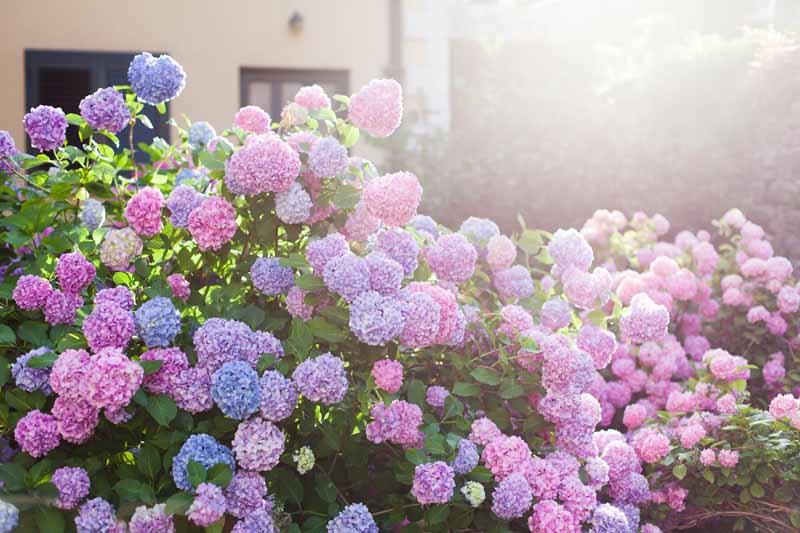
- Image 3: A hydrangea leaf, showing the distinctive serrated edges.
- Image 4: A hydrangea root system, showing the fibrous roots that help the plant anchor in the soil.
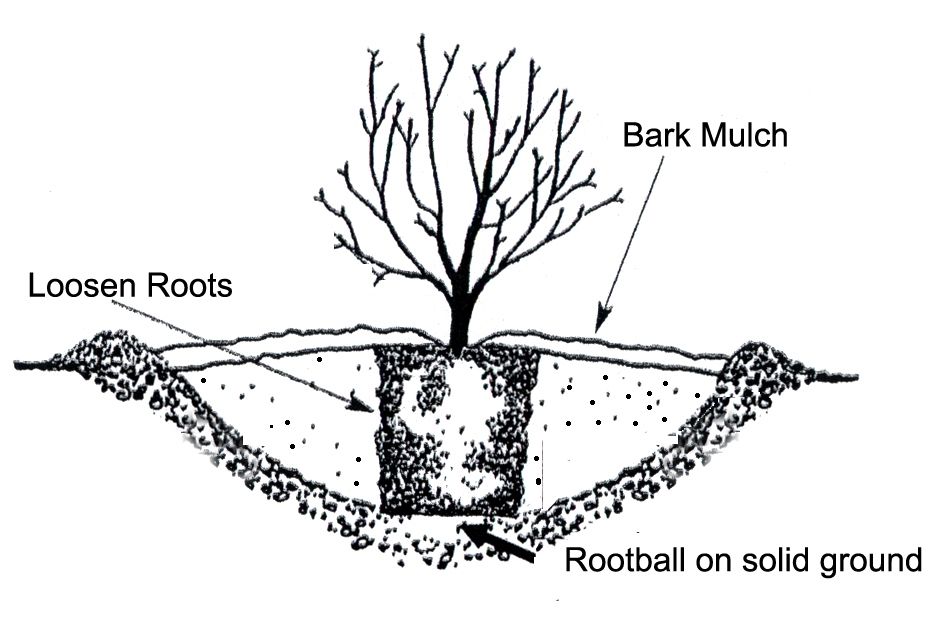
- Image 5: A hydrangea in full bloom, against a backdrop of green foliage.
- Image 6: A hydrangea bush in the fall, with the leaves turning red, orange, and yellow.
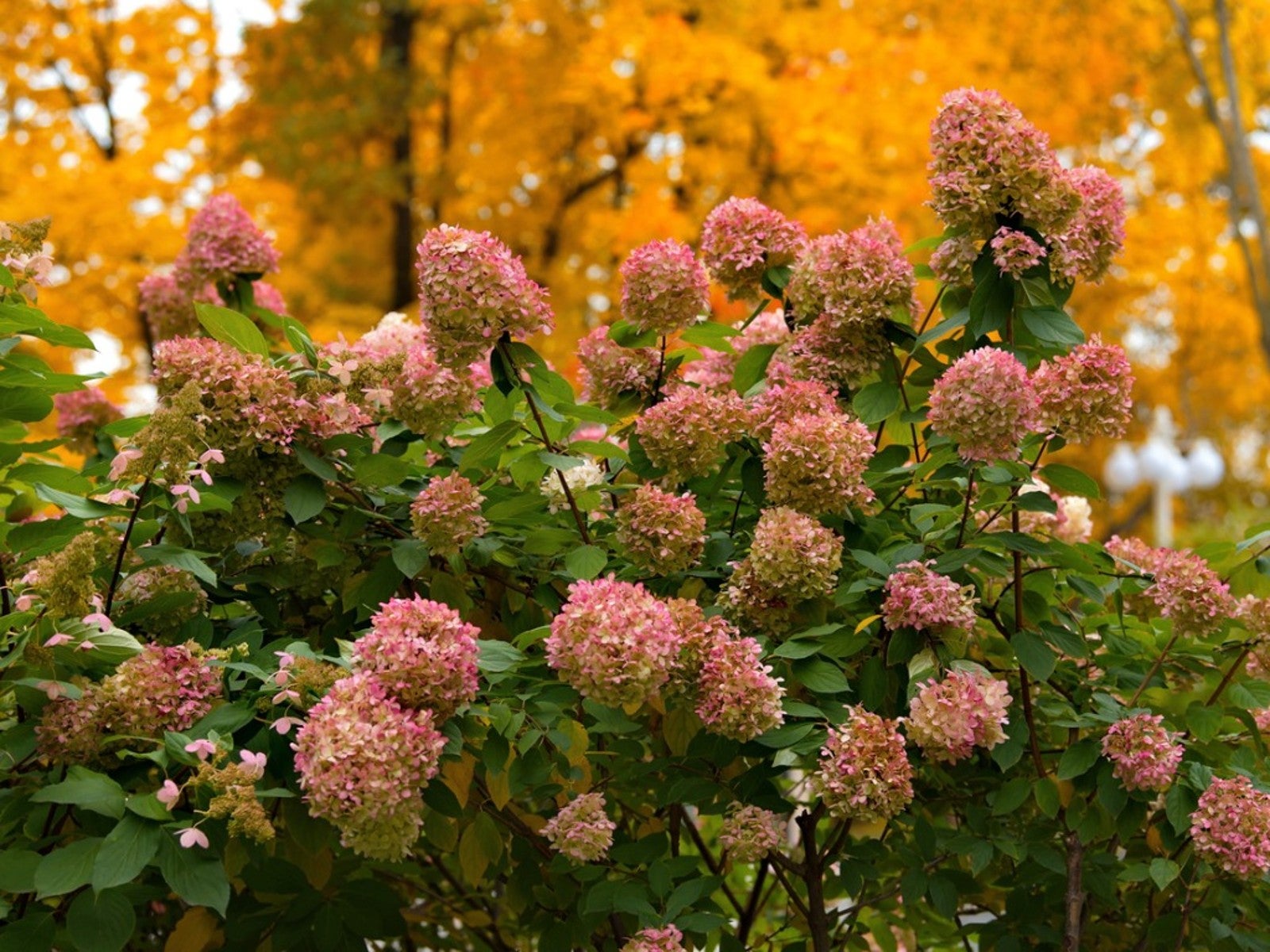
- Image 7: A hydrangea in a pot, on a patio or deck.

- Image 8: A hydrangea being used as a centerpiece in a floral arrangement.
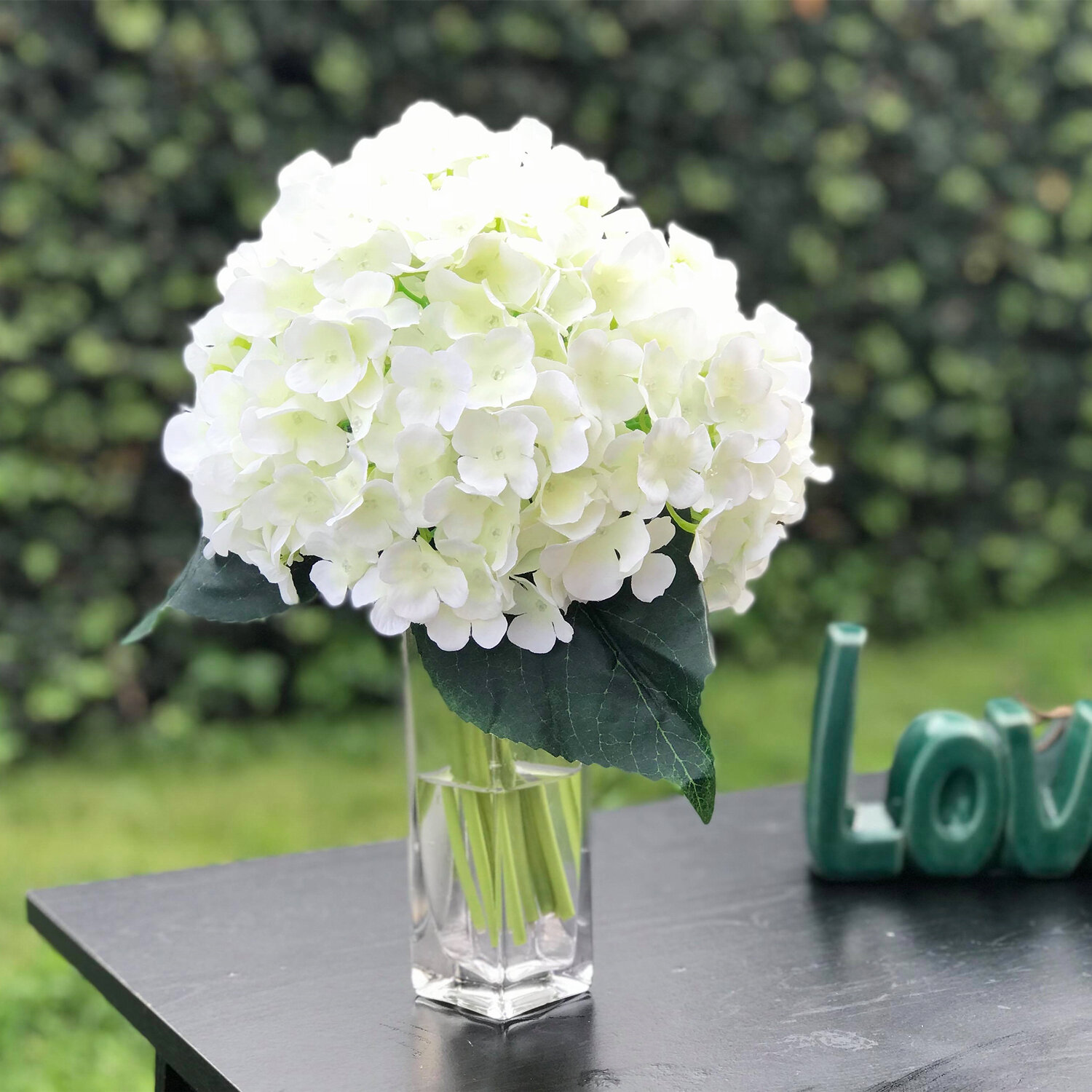
- Image 9: A hydrangea being used as a border plant in a garden.
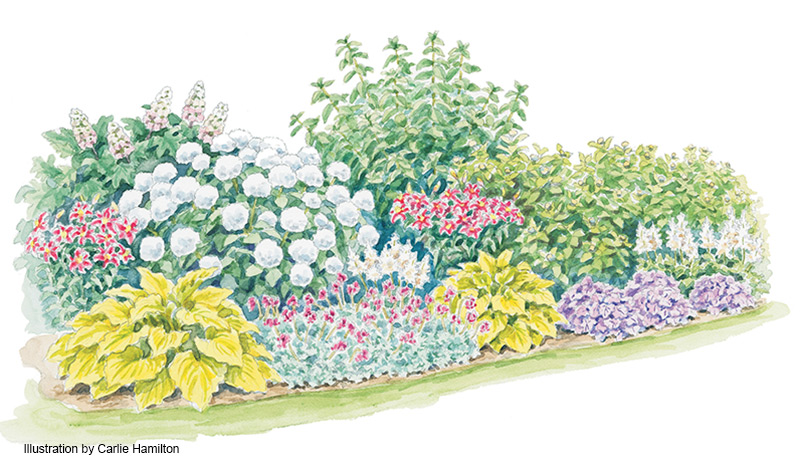
- Image 10: A hydrangea being used as a specimen plant in a landscaped area.
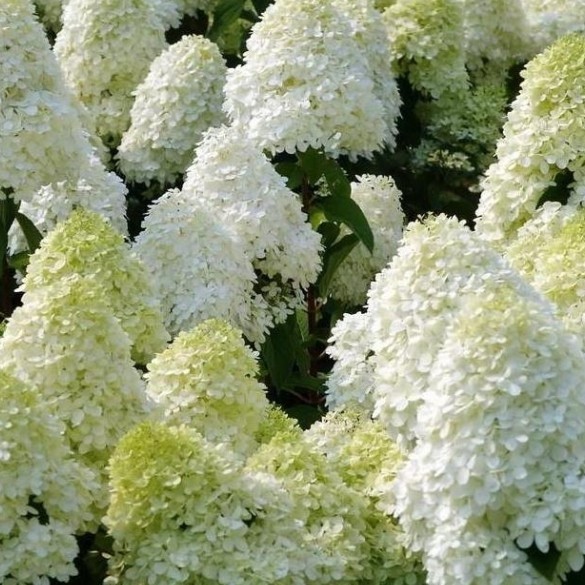
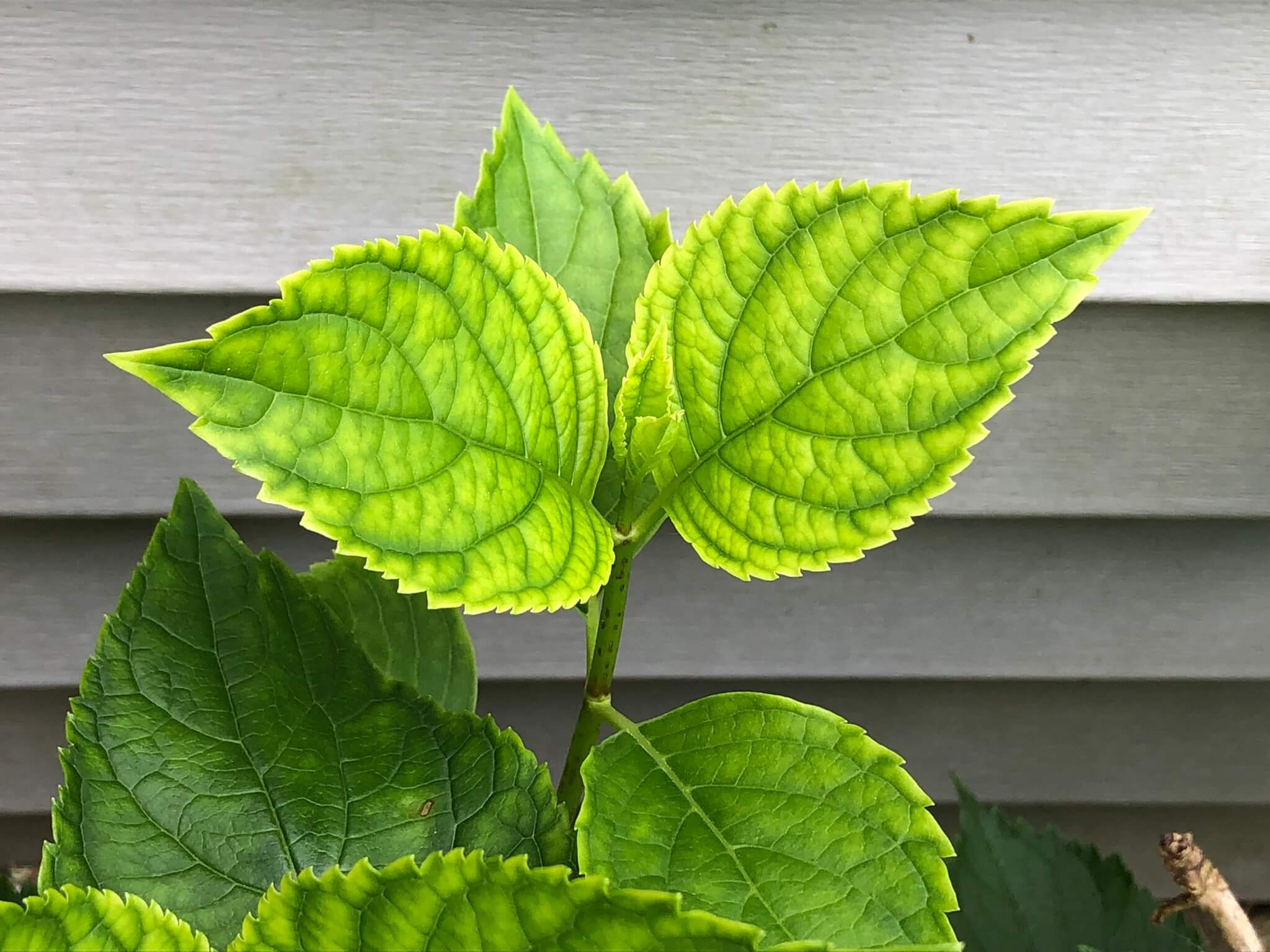
Post a Comment for "The Original Hydrangea: The Ultimate Guide To Endless Summer Blooms"